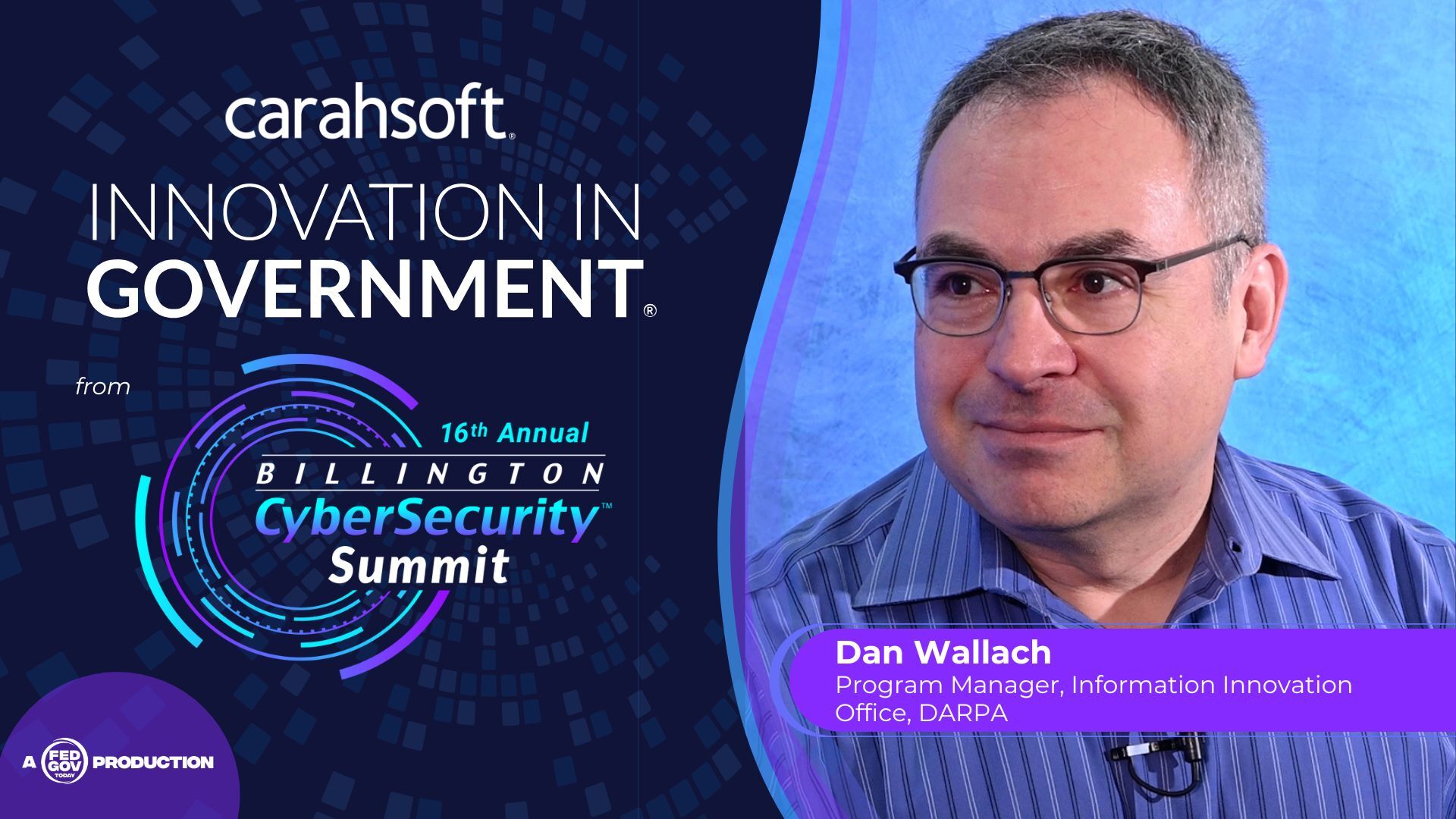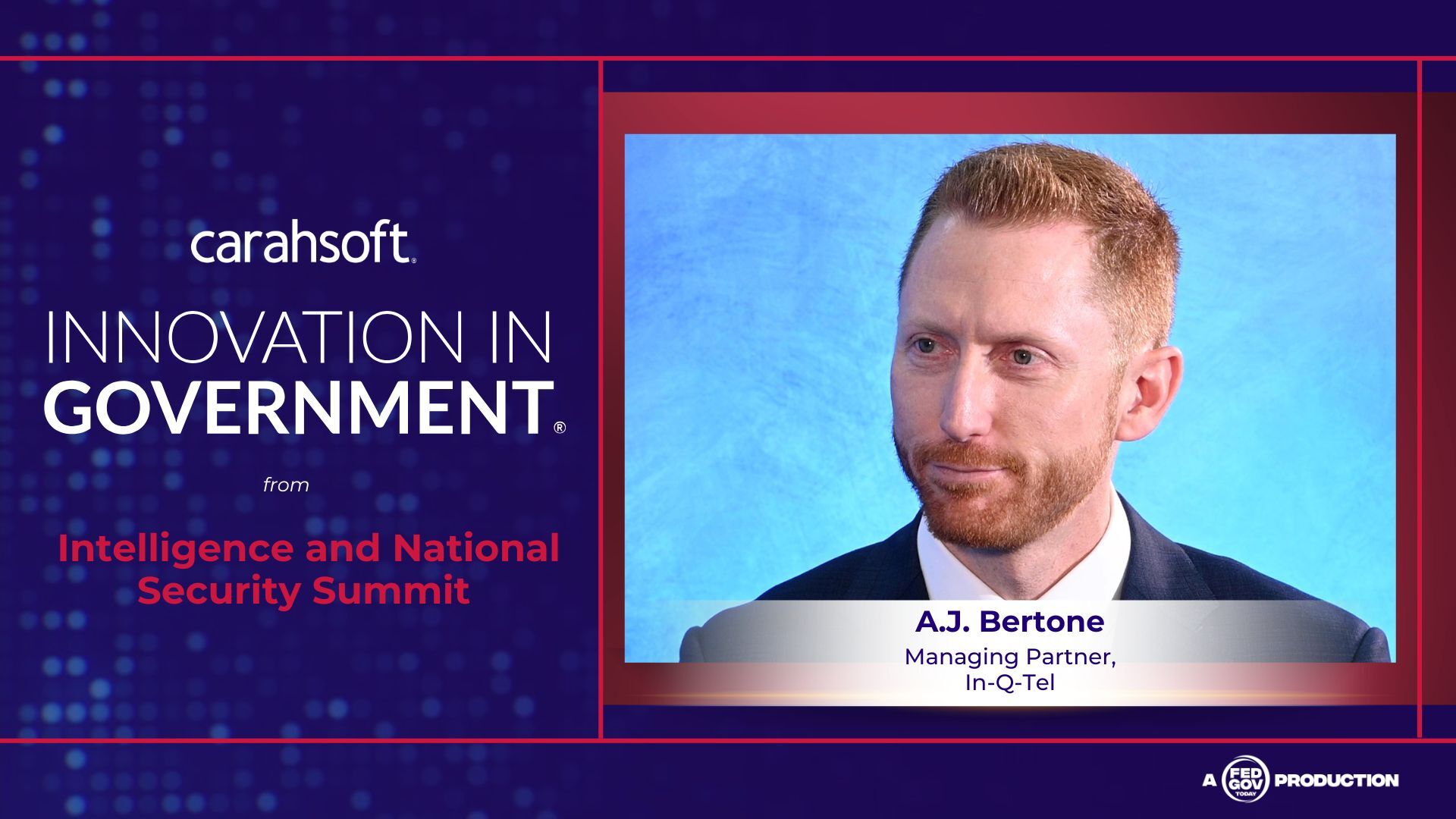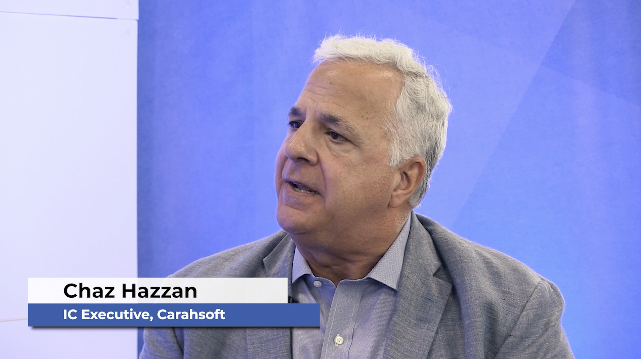Original broadcast 6/4/25
Presented by Carahsoft
Steve Wallace, Chief Technology Officer at the Defense Information Systems Agency (DISA), has a front-row seat to the technologies that are poised to define the Department of Defense’s future. From quantum computing and artificial intelligence to interoperability and workforce transformation, Wallace’s vision for DISA is grounded in innovation that delivers real-world results across the DOD’s sprawling technology enterprise.
One of the most compelling shifts Wallace observes is how quickly theoretical technologies are becoming operational realities. Quantum computing, for instance, has rapidly moved from academic theory to practical implementation. Wallace notes that DISA is already seeing vendors embed quantum-resistant cryptography into their products—a necessary step to prepare for a world in which traditional encryption may be rendered obsolete by powerful quantum machines.
 This proactive stance is essential, Wallace explains, because there will be no warning when quantum computing becomes a viable threat. Agencies must be ready now, not later. For DISA, that means partnering with vendors that are incorporating post-quantum algorithms and beginning to deploy them across enterprise systems. It’s a dramatic but necessary shift, given the catastrophic potential of quantum-based decryption.
This proactive stance is essential, Wallace explains, because there will be no warning when quantum computing becomes a viable threat. Agencies must be ready now, not later. For DISA, that means partnering with vendors that are incorporating post-quantum algorithms and beginning to deploy them across enterprise systems. It’s a dramatic but necessary shift, given the catastrophic potential of quantum-based decryption.
Artificial intelligence, too, is being leveraged in increasingly targeted ways. Wallace distinguishes between AI hype and practical application. He emphasizes that DISA is looking for use cases where AI serves as a force multiplier—augmenting human analysts, accelerating response times, and providing new layers of insight through technologies like Network Detect and Respond (NDR). The agency is focused on generative and predictive capabilities that solve real problems, not just showcase flashy technology.
Another pressing concern for Wallace is interoperability. With dozens of vendors and overlapping systems operating across the Department of Defense, achieving consistent performance and secure communication is a constant challenge. While APIs offer a partial solution, Wallace argues that broader standards must be established to ensure interoperability at the platform layer. Only then can the DOD operate as a cohesive IT enterprise rather than a collection of siloed networks.
Equally important is the role of the workforce. Wallace highlights how empowering team members to explore and adopt new technologies—often based on their own personal experiences with AI and other tools—can accelerate cultural and operational change. DISA recognizes that innovation often comes from the ground up, and it is fostering an environment where creativity and experimentation are encouraged.
The modernization journey, Wallace says, is not a destination but a continuous process. By keeping one eye on the horizon and the other on practical implementation, DISA is balancing future-readiness with day-to-day mission assurance. And in doing so, it is building the infrastructure and mindset needed to meet tomorrow’s threats with confidence.
Key Takeaways:
-
DISA is proactively integrating quantum-resistant cryptography into enterprise systems to prepare for future encryption threats.
-
Practical AI use cases like Network Detect and Respond are enhancing human capabilities and accelerating cyber defense.
-
Interoperability and workforce innovation are essential pillars in DISA’s modernization strategy.
This interview was recorded on location at TechNet Cyber 2025 and included as part of the TV show Innovation in Government from TechNet Cyber.



